A stitch in time saves nine; we’re familiar with that adage. For wigmakers in Mumbai, a stitch in time could probably save a bald person a lot of embarrassment.
Over the last 50 years, their clientele has changed from movie stars to cancer patients, but the city’s wigmakers are keeping up with changing trends
A stitch in time saves nine; we’re familiar with that adage. For wigmakers in Mumbai, a stitch in time could probably save a bald person a lot of embarrassment. The city’s wigmakers don’t only cater to those in dire need of a mop of hair.
Victor Pereira, 62, has worked on some of the most beautiful women in India: Rekha, Hema Malini, Saira Bano, Jaya Bachchan and Rakhee can testify to this. A wigmaker for over 44 years, he made wigs and hair extensions for many of the film industry’s starlets. His guru was the noted make-up and wig artist of the 60s and 70s, S Amin. “In those days, no movie could be made without me, as wigs and hair-dos were really big then,” says Pereira.
These days, though, he no longer works for the film industry; his main clients are cancer patients undergoing chemotherapy. “Making wigs is still a passion for me,” he says. And he’s tapped into a growing international market, where the demand for high quality, custom-made wigs never lets up.
Wig-making is also a passion for 64-year-old Rajan Bhawnani who has been in the profession for 41 years. And like Pereira, he, too, has a filmi connection, having worked on movies like Aandha Kanoon, and the more recent, Sarkar.
“When I started out, the concept of wearing wigs was new, and was limited only to the film industry,” says Bhawnani. Nevertheless, he started a shop, Monarch Wigs, in Colaba.
The making of a wig is a long and tedious process. It is an art that requires precision, skill, and most important of all, patience. It begins with collecting hair, usually sourced from temples in South India, Tirupathi in particular. “The hair that we get comes in a raw form, and we make it nice and wearable. The hair is processed, shampooed and then sterilised,” explains Rajan. Then the real work begins. The customer’s specifications are kept in mind, and the hair is cut, coloured, styled, straightened, or curled. “Getting the correct colour is a tedious process involving repeated testing on smaller strands of hair,” says Victor. Once the hair is styled, it is woven onto a cotton mesh with skin-coloured material to give it an authentic look.
The weaving of one wig can take as long as eight days to complete, if done properly, and the finished wig can last for four years, if maintained carefully. After that, say the wigmakers, the hair begins to fade and loses its lustre. Once the weaving starts unravelling, it renders the wig unusable.
“Most wigs are handcrafted. There are machines, but they cannot do much. It is better to make the wigs by hand so that it fits the customer’s specifications. No two wigs are alike,” says 44-year-old wigmaker, Pankaj Bhupatkar, who has been making wigs for more than 26 years. Bhupatkar’s profession was a family trade, and today, he’s the owner of Rajkamal Wigs in Charni Road.
Bhupatkar, however, believes that wig-making is a dying art, and bemoans the lack of proper training facilities. “There are no training centres or institutes that teach you how to make wigs. I learned my skills in South Korea and China.” He feels that the lack of facilities that translates into fewer skilled workers is what plagues the wig-making industry.
Compared to Pereira, Bhawnani and Bhupatkar, 49-year-old SH Kadam is a novice. After catering to the movie industry for 15 years, he left it to start his own shop — Pravin Hair Weaving and Wigs, in Mulund. “Making a wig is a lot of hard work, but it is worth it.” Most of his customers are private clients who use the wigs for daily wear.
The demand for wigs, either for cancer patients or private users, has increased over the last few years. The major reasons for this, the wigmakers say, are hair-loss and premature balding.
And while synthetic wigs, though cheaper, are available, they have few takers. “Wigs made of real hair are more popular than synthetic wigs; they look better,” says Victor.
It’s a matter of vanity. The price of an average (shoulder-length) custom made wigs starts from Rs4,000.
But despite the prices, these wig-makers say it’s not a lucrative business. Bhawnani says: “It’s not worth getting into the business now. You need lot of space, and the lack of skilled workers is another disadvantage.” Most are in it for the love of the job.
“This line is very different from others, so you need to be prepared to work very hard,” says Kadam.
It’s an unusual job, one that gets them acquainted with the capricious nature of life. From the glitz of tinsel town to the ravages of cancer, one thing remains fairly constant: Vanity, and the need to look good, no matter what.
l_joanna@dnaindia.net
![submenu-img]() Meta CEO Mark Zuckerberg spotted wearing watch made from…; it costs over Rs…
Meta CEO Mark Zuckerberg spotted wearing watch made from…; it costs over Rs…![submenu-img]() Indian women's chess team wins historic gold at Chess Olympiad 2024
Indian women's chess team wins historic gold at Chess Olympiad 2024![submenu-img]() Meet cricketer-turned-entrepreneur who built Rs 100 crore company backed by Malaika Arora, Shahid Kapoor, Jennifer Lopez
Meet cricketer-turned-entrepreneur who built Rs 100 crore company backed by Malaika Arora, Shahid Kapoor, Jennifer Lopez![submenu-img]() Vir Das invites budding designers to create his outfit as International Emmy Awards host: 'Not going to wear a...'
Vir Das invites budding designers to create his outfit as International Emmy Awards host: 'Not going to wear a...'![submenu-img]() Who is Anura Kumara Dissanayake, new President of Sri Lanka? All you need to know
Who is Anura Kumara Dissanayake, new President of Sri Lanka? All you need to know![submenu-img]() PM Modi USA Visit: अमेरिका में बोले पीएम, 'तीसरे टर्म के लिए हमने तय किए हैं महान लक्ष्य'
PM Modi USA Visit: अमेरिका में बोले पीएम, 'तीसरे टर्म के लिए हमने तय किए हैं महान लक्ष्य'![submenu-img]() Sri Lanka Elections: श्रीलंका के नए राष्ट्रपति होंगे अनुरा दिसानायके, मजदूर का बेटा बना राष्ट्रपति
Sri Lanka Elections: श्रीलंका के नए राष्ट्रपति होंगे अनुरा दिसानायके, मजदूर का बेटा बना राष्ट्रपति![submenu-img]() MP में सेना की स्पेशल ट्रेन उड़ाने की साजिश के पीछे किसका हाथ?, जांच में जुटी NIA, धमाके की आवाज सुन लगाया ब्रेक
MP में सेना की स्पेशल ट्रेन उड़ाने की साजिश के पीछे किसका हाथ?, जांच में जुटी NIA, धमाके की आवाज सुन लगाया ब्रेक![submenu-img]() Bengal Floods: सीएम ममता बनर्जी ने DVC से पानी छोड़ने पर लिखा PM को पत्र, सीनियर अधिकारियों का इस्तीफा
Bengal Floods: सीएम ममता बनर्जी ने DVC से पानी छोड़ने पर लिखा PM को पत्र, सीनियर अधिकारियों का इस्तीफा![submenu-img]() Sridevi की बेटी बन बॉलीवुड में बनाई पहचान, अब Prabhas की इस फिल्म से हिंदी सिनेमा में करेंगी वापसी
Sridevi की बेटी बन बॉलीवुड में बनाई पहचान, अब Prabhas की इस फिल्म से हिंदी सिनेमा में करेंगी वापसी![submenu-img]() Ford to return to India after 2 years with reopening of....
Ford to return to India after 2 years with reopening of....![submenu-img]() Maruti Suzuki launches new Swift CNG, check price, mileage, other features
Maruti Suzuki launches new Swift CNG, check price, mileage, other features![submenu-img]() ‘30 LPA, 3BHK, no in-laws’: Woman earning Rs 1.32 lakh salary lists demands for future husband, netizens say...
‘30 LPA, 3BHK, no in-laws’: Woman earning Rs 1.32 lakh salary lists demands for future husband, netizens say...![submenu-img]() In a big EV push, Centre launches Rs 10900 crore PM E-Drive scheme to replace…
In a big EV push, Centre launches Rs 10900 crore PM E-Drive scheme to replace…![submenu-img]() World’s longest car has helipad, swimming pool, mini-golf course, can seat over…; it cost…
World’s longest car has helipad, swimming pool, mini-golf course, can seat over…; it cost…![submenu-img]() IAS officer Tina Dabi’s schedule shows she studied 11-hour a day; check UPSC topper's marksheet and time table
IAS officer Tina Dabi’s schedule shows she studied 11-hour a day; check UPSC topper's marksheet and time table![submenu-img]() Meet man from Uttar Pradesh who cracked UPSC in first attempt, resigned as IAS officer after 12 years due to...
Meet man from Uttar Pradesh who cracked UPSC in first attempt, resigned as IAS officer after 12 years due to...![submenu-img]() Meet man who once worked as bicycle mechanic, became engineer, then cracked UPSC exam with AIR...
Meet man who once worked as bicycle mechanic, became engineer, then cracked UPSC exam with AIR...![submenu-img]() CBSE registration, LoC submission big update: Important notice for students, check details here...
CBSE registration, LoC submission big update: Important notice for students, check details here...![submenu-img]() CBSE registration, LoC submission big update: Important notice for students, check details here
CBSE registration, LoC submission big update: Important notice for students, check details here![submenu-img]() Congress President Kharge Slams & Opposes 'One Nation, One Election' Proposal, Calls It Impractical
Congress President Kharge Slams & Opposes 'One Nation, One Election' Proposal, Calls It Impractical![submenu-img]() Why 'One Nation One Election' Is important? Ashwini Vaishnaw Explains After It Gets Cabinet Approval
Why 'One Nation One Election' Is important? Ashwini Vaishnaw Explains After It Gets Cabinet Approval![submenu-img]() Jammu Kashmir Assembly Election 2024 Phase 1 Highlights: What Happened In First phase In J&K Polls?
Jammu Kashmir Assembly Election 2024 Phase 1 Highlights: What Happened In First phase In J&K Polls?![submenu-img]() One Nation One Election: Centre Clears Proposal, Bill To Be Introduced In Winter Session | Modi 3.0
One Nation One Election: Centre Clears Proposal, Bill To Be Introduced In Winter Session | Modi 3.0![submenu-img]() Haryana Elections 2024: Is BJP Set To Lose In Haryana? Anti-Incumbency And Other Factors Analysed
Haryana Elections 2024: Is BJP Set To Lose In Haryana? Anti-Incumbency And Other Factors Analysed![submenu-img]() Inside pics of Anant Ambani and Radhika Merchant's Dubai villa gifted by Mukesh Ambani and Nita Ambani, worth Rs…
Inside pics of Anant Ambani and Radhika Merchant's Dubai villa gifted by Mukesh Ambani and Nita Ambani, worth Rs…![submenu-img]() Anupam Mittal’s Playbook: The Secrets Behind Building Iconic Brands
Anupam Mittal’s Playbook: The Secrets Behind Building Iconic Brands![submenu-img]() Meet woman, who came to India as tourist, established Rs 49000 crore firm, know her connection with Ratan Tata
Meet woman, who came to India as tourist, established Rs 49000 crore firm, know her connection with Ratan Tata![submenu-img]() Meet Delhi man, whose street food made him 'crorepati', rides BMW to work, his business is...
Meet Delhi man, whose street food made him 'crorepati', rides BMW to work, his business is...![submenu-img]() Meet man, one of Surat's richest, whose son worked at bakery for Rs 200 a day, gift flats to employees, net worth is...
Meet man, one of Surat's richest, whose son worked at bakery for Rs 200 a day, gift flats to employees, net worth is...![submenu-img]() 8 amazing images of distant galaxies by NASA's Hubble Space Telescope
8 amazing images of distant galaxies by NASA's Hubble Space Telescope![submenu-img]() Most luxurious train rides in the world
Most luxurious train rides in the world ![submenu-img]() This star was called ugly child, filed case against mother, slapped Sanjeev Kumar; her husband was burnt alive at...
This star was called ugly child, filed case against mother, slapped Sanjeev Kumar; her husband was burnt alive at...![submenu-img]() 7 foods that can add extra years to your life
7 foods that can add extra years to your life![submenu-img]() In pics: Triptii Dimri sets the stage on fire, raises the temperature in green slit lehenga
In pics: Triptii Dimri sets the stage on fire, raises the temperature in green slit lehenga![submenu-img]() Bystander Intervention: Powerful Tool for Combating Gender-Based Violence AsWellAs Saving Victims of Road Accidents
Bystander Intervention: Powerful Tool for Combating Gender-Based Violence AsWellAs Saving Victims of Road Accidents ![submenu-img]() Uday Bhanu Chib appointed Indian Youth Congress Chief, succeeds Srinivas BV
Uday Bhanu Chib appointed Indian Youth Congress Chief, succeeds Srinivas BV![submenu-img]() Mamata Banerjee writes second letter to PM Modi on devastating 'man-made' flood in South Bengal
Mamata Banerjee writes second letter to PM Modi on devastating 'man-made' flood in South Bengal![submenu-img]() Arighat's Rise: India's Nuclear Might in a Godless World
Arighat's Rise: India's Nuclear Might in a Godless World![submenu-img]() PIL in Supreme Court seeks SIT probe into Tirupati laddu row
PIL in Supreme Court seeks SIT probe into Tirupati laddu row
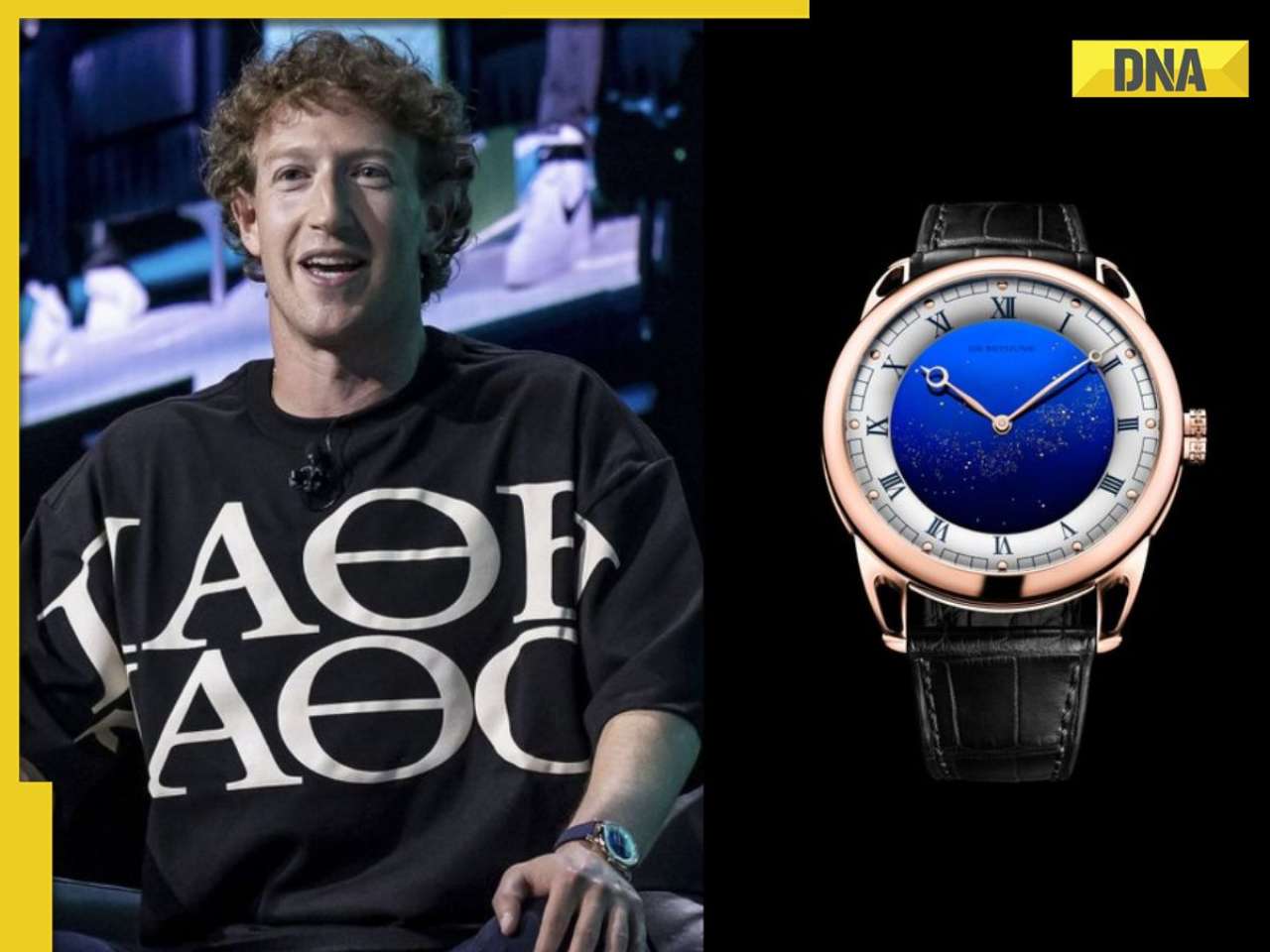



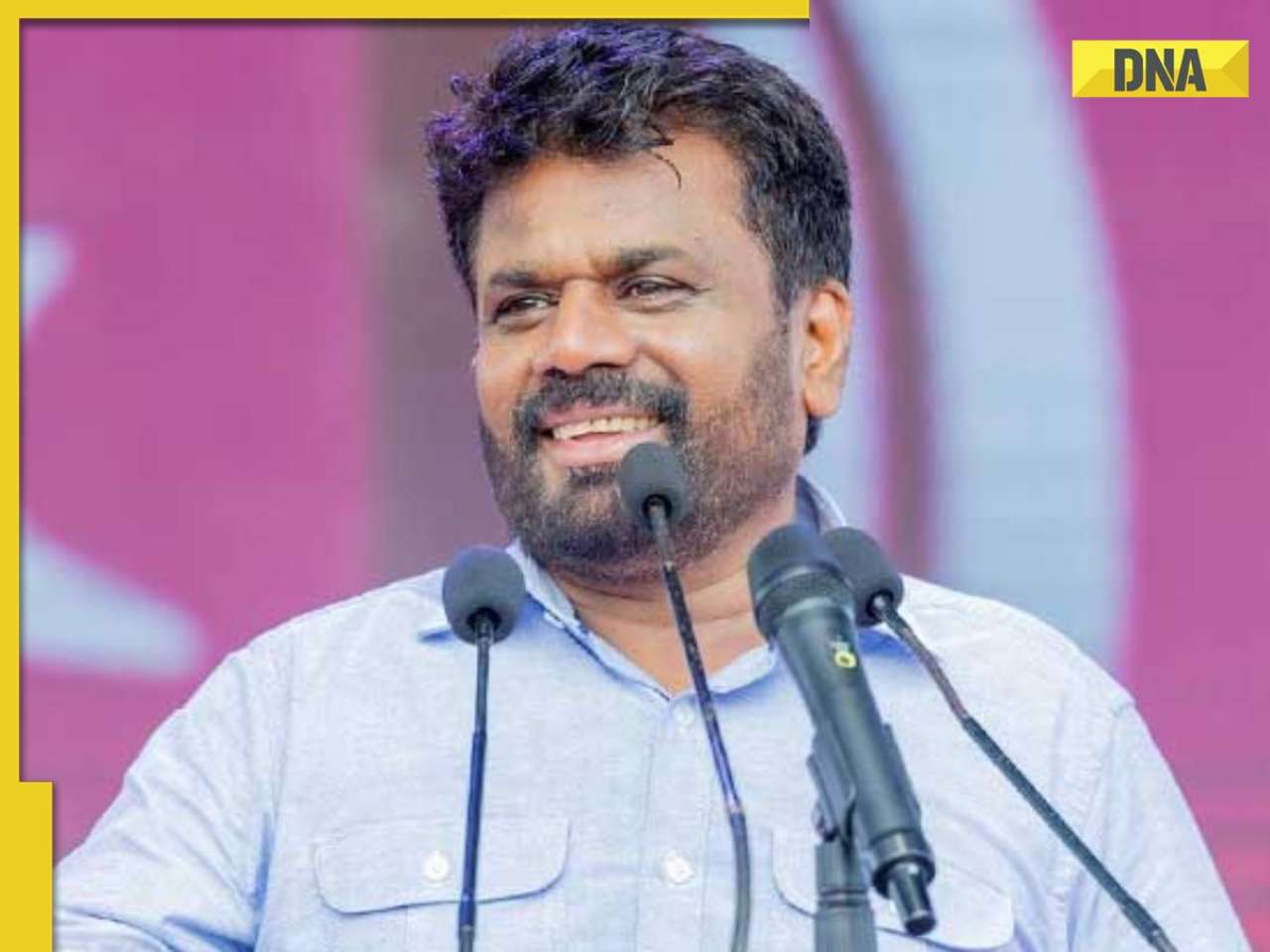















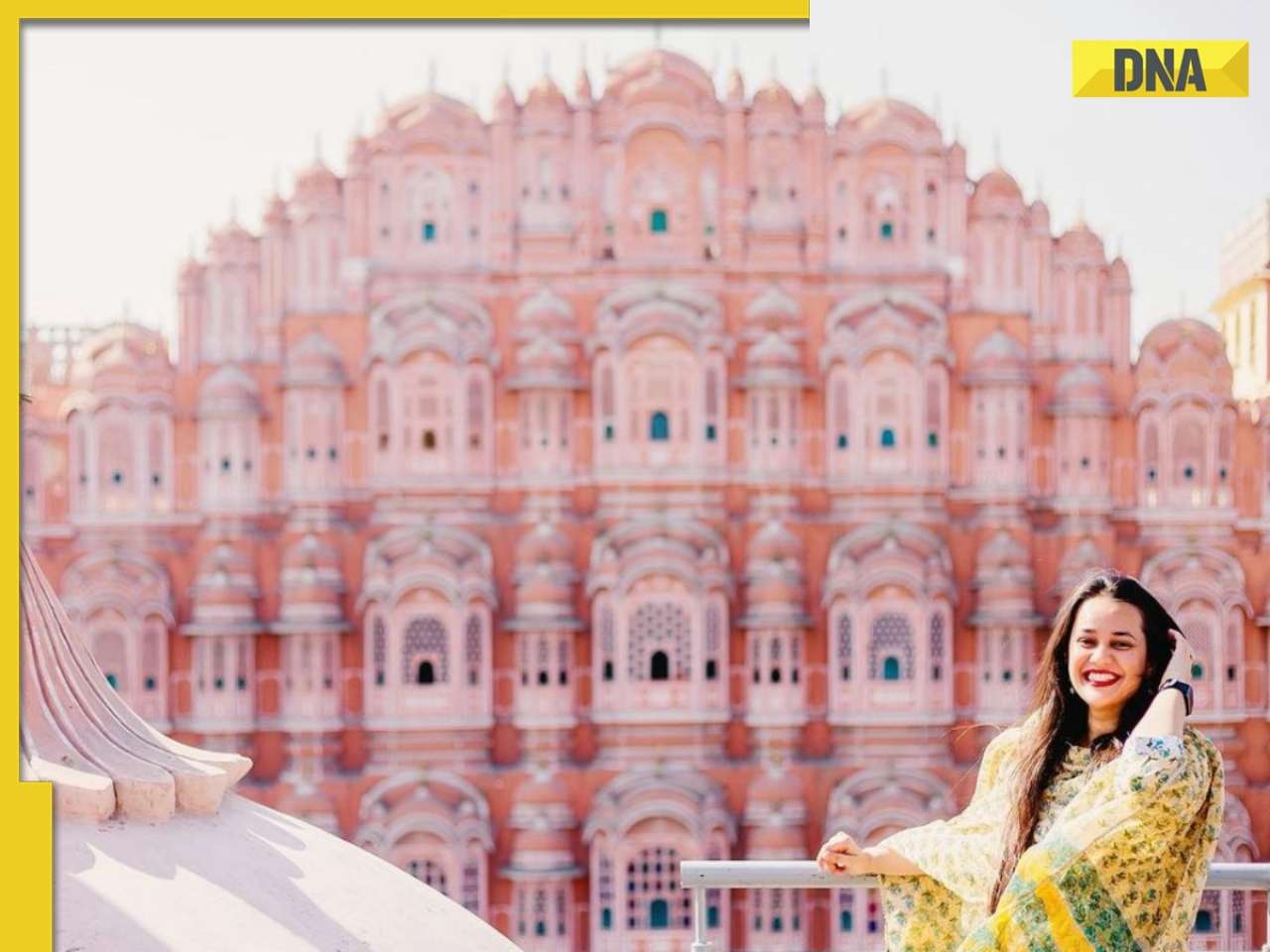

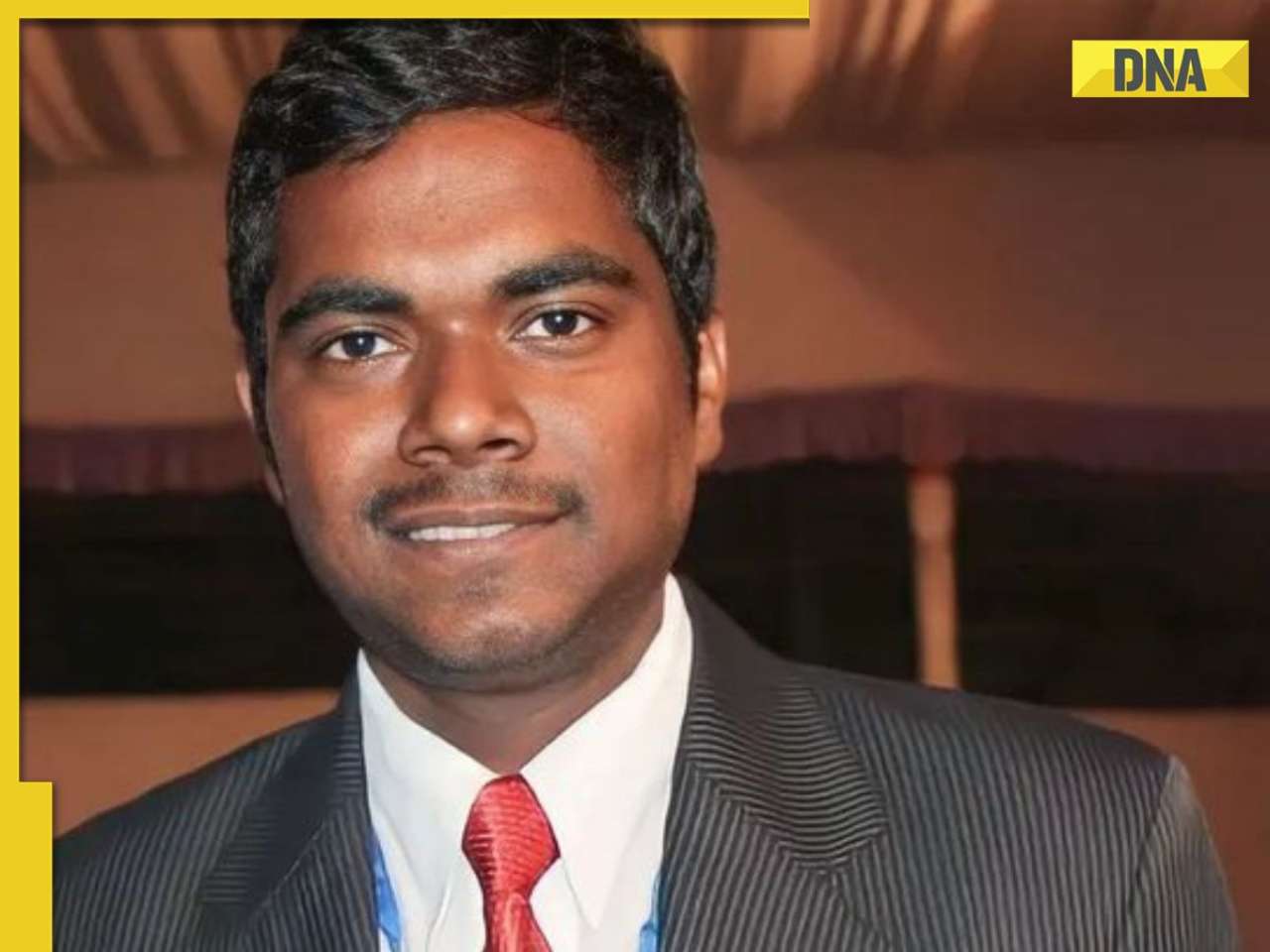

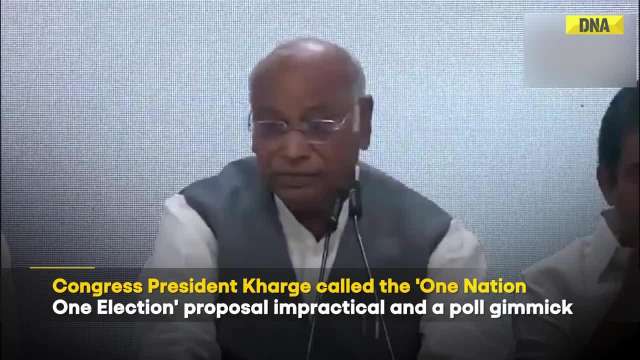
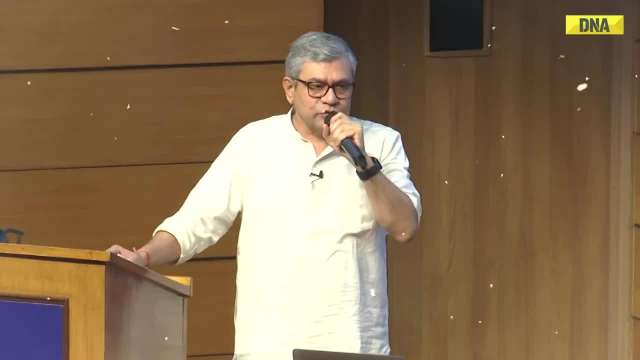

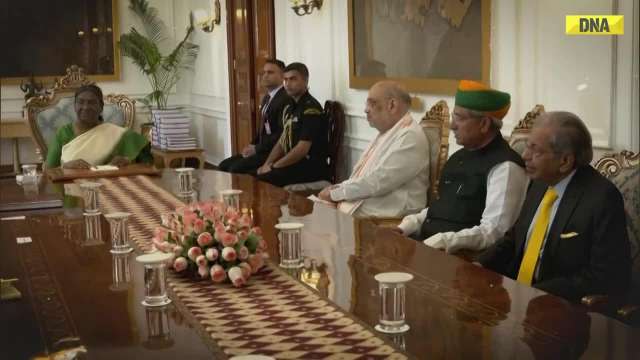


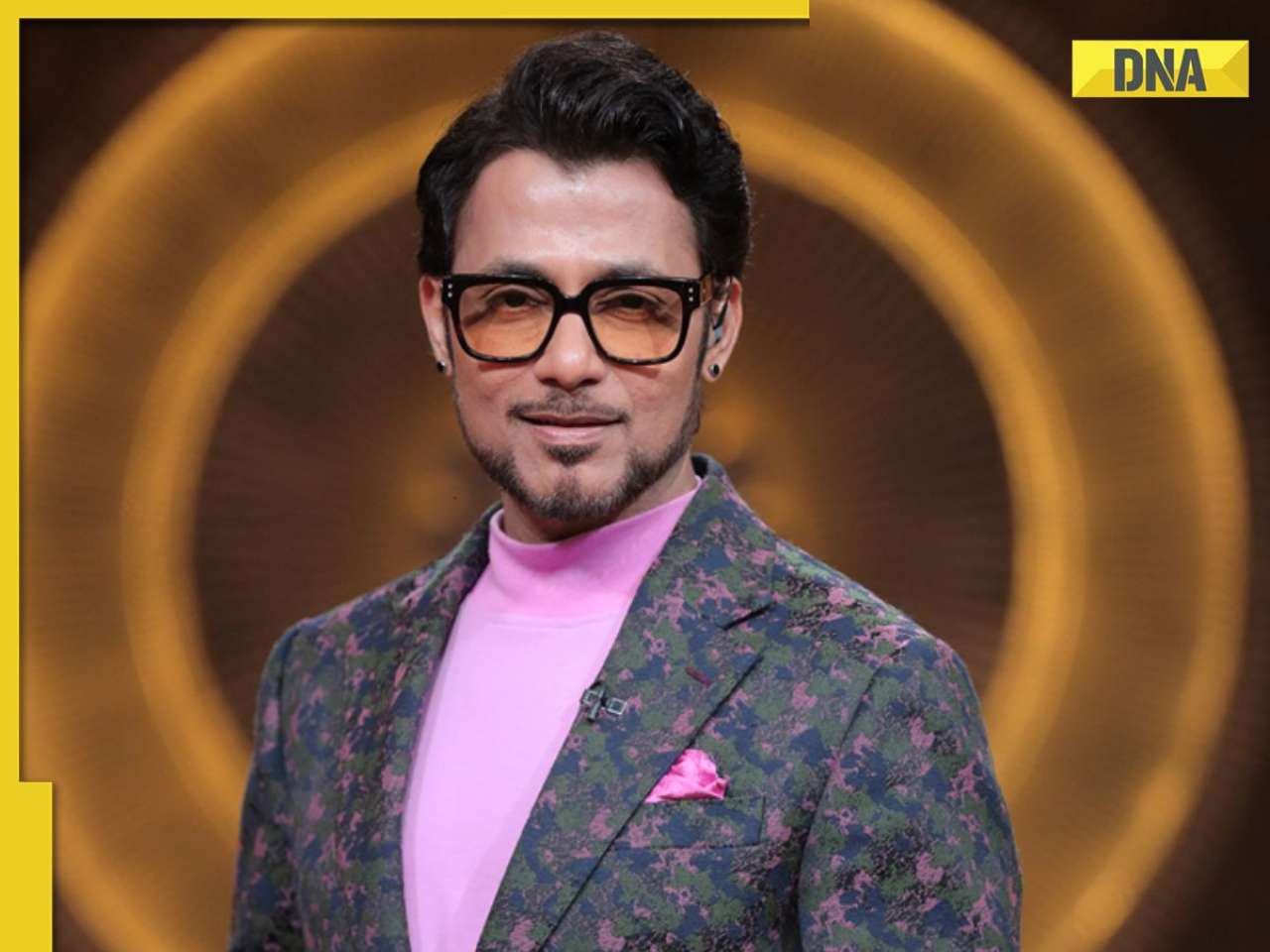









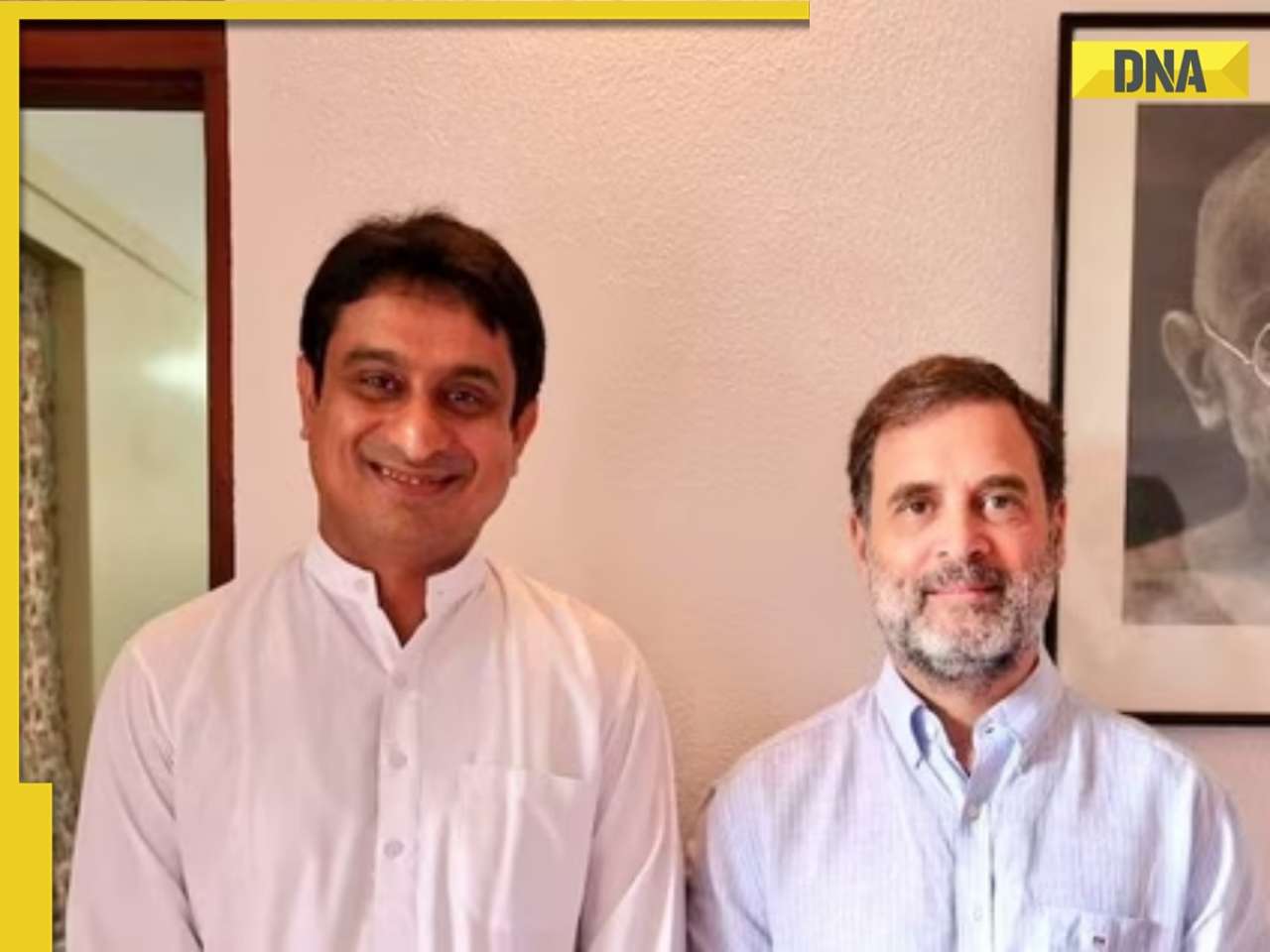




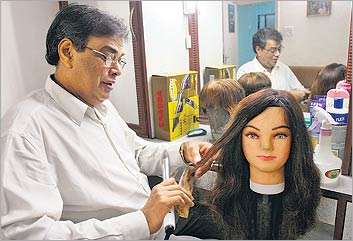)
)
)
)
)
)
)
)
)
)
)
)
)
)
)





)
)
)
)
)
)